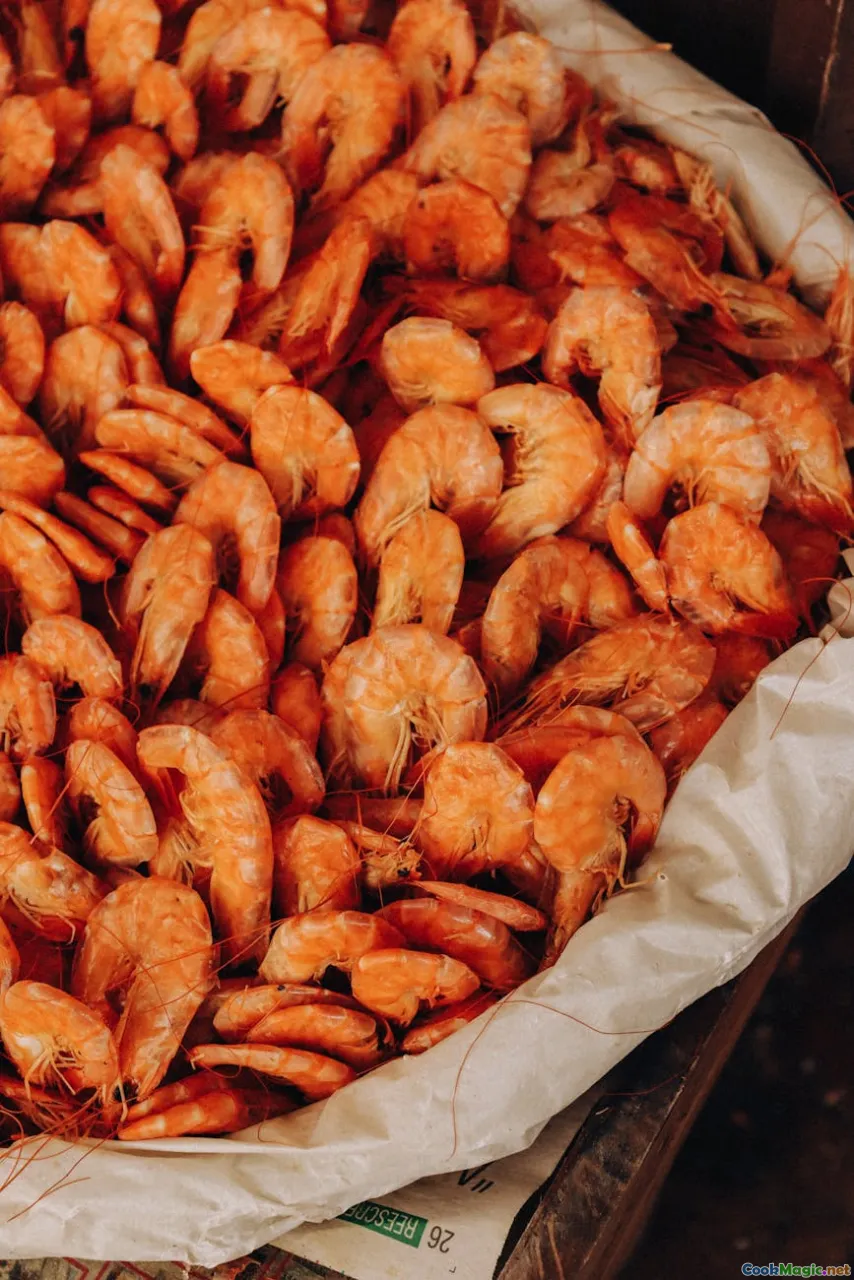Locally Sourced Seafood in Everyday Danish Meals
7 min read Discover how Denmark's commitment to local seafood shapes everyday meals, blending tradition, sustainability, and rich flavors in a culinary journey. April 19, 2025 06:55
Locally Sourced Seafood in Everyday Danish Meals
Imagine waking up to the crisp, salty air of the North Sea, the gentle lapping of waves against the harbor walls, and the promise of fresh, glistening seafood waiting just beyond your doorstep. This is the heartbeat of Danish cuisine—where the bounty of the sea is not just a luxury but an integral part of daily life. In Denmark, seafood is more than a dish; it’s a cultural emblem, a symbol of respect for nature, and a testament to centuries-old traditions rooted in sustainability.
The Cultural Tapestry of Danish Seafood
Danish cuisine is deeply intertwined with its geographical landscape. With over 7,300 kilometers of coastline, Denmark’s access to fresh seafood is unparalleled. From the bustling fish markets in Copenhagen to the tranquil fishing villages along the Jutland coast, seafood has historically been a vital source of nourishment and livelihood.
In traditional Danish households, seafood is woven into the fabric of everyday life—from breakfast smørrebrød topped with pickled herring to hearty stews featuring fresh cod. These dishes echo a culture that values simplicity, freshness, and respect for seasonal cycles.
A Heritage of Sustainability and Local Sourcing
One of the most remarkable aspects of Danish seafood consumption is its commitment to sustainability. The Danish government, fisheries, and local communities work collaboratively to ensure that the sea’s resources are protected for generations to come. This dedication is reflected in strict fishing quotas, eco-friendly harvesting techniques, and a robust local supply chain.
Fishermen often practice selective fishing methods, such as using specific nets to catch only mature fish, minimizing bycatch and habitat disruption. Moreover, many Danish fishers adhere to eco-labeling standards, ensuring that the seafood reaching tables is caught responsibly.
Everyday Danish Meals: Celebrating Local Seafood
Breakfast: The Classic Smørrebrød
Danish open-faced sandwiches, or smørrebrød, are an iconic breakfast staple. Imagine a dense rye bread slice topped with marinated herring—its silky texture and tangy flavor complemented by thinly sliced red onions, dill, and a dab of mustard sauce. This dish is a sensory delight, combining saltiness, acidity, and freshness in every bite.
Lunch: Stews and Salads
For lunch, Danes often enjoy warm fish stews made from freshly caught cod or haddock, simmered with local vegetables, herbs, and a splash of cream. The aroma of the broth, infused with fennel and thyme, fills the room and beckons you to indulge. Accompanying it might be a simple green salad with pickled cucumbers, adding a crunchy contrast.
Dinner: Roasted and Grilled Delights
Evening meals showcase the versatility of local seafood. Grilled plaice or sea bass, seasoned with herbs like dill and parsley, are common on Danish dinner tables. These dishes highlight the natural flavors of the fish, often served with boiled potatoes, buttered vegetables, and a wedge of rye bread.
Snack and Street Food
Seafood snacks are a beloved part of Danish street culture. Crispy fish cakes, known as fiskefrikadeller, made from minced white fish, are pan-fried to golden perfection and served with remoulade sauce. These treats are a testament to Denmark’s mastery of transforming humble ingredients into culinary delights.
The Personal Connection: From Fishermen to Families
In my travels through Denmark, I’ve had the privilege of visiting small fishing villages where generations of families continue the tradition of sustainable fishing. Sitting at a local dock, watching the boats return with their daily catch, I felt a profound respect for the community’s dedication to preserving their local environment.
One memorable experience was sharing a dinner with a Danish family in Skagen, where the father, a seasoned fisherman, proudly presented a platter of freshly caught prawns. The aroma was intoxicating—sweet, briny, and inviting. As we cracked open shells and savored the tender meat, it became clear that these meals are more than sustenance—they’re stories, memories, and a deep connection to the land and sea.
Modern Innovations and the Future
Today, Denmark continues to lead in sustainable seafood practices, integrating innovative techniques like aquaculture and seaweed farming to diversify and protect marine ecosystems. Chefs and home cooks alike are experimenting with new recipes that emphasize local ingredients, reducing carbon footprints and supporting local economies.
Plant-based and alternative seafood options are also emerging, ensuring that Danish cuisine remains both traditional and forward-thinking.
Embracing the Danish Seafood Lifestyle
For those eager to incorporate Danish seafood into their own kitchens, the key is freshness and respect for the ingredients. Seek out local fish markets, learn to prepare simple dishes that highlight the natural flavors, and embrace the philosophy of sustainability.
Whether it’s a quick herring salad, a hearty fish stew, or a grilled fillet paired with seasonal vegetables, these dishes connect us to Denmark’s rich maritime heritage and its ongoing commitment to responsible eating.
Final Thoughts
Danish cuisine’s love affair with local seafood is a celebration of nature’s bounty and cultural resilience. It’s about savoring the taste of the sea, respecting its delicate balance, and carrying forward a tradition that harmonizes flavor, sustainability, and community. So next time you indulge in seafood, remember—you’re not just enjoying a meal—you’re partaking in a centuries-old Danish story of connection, conservation, and culinary excellence.









